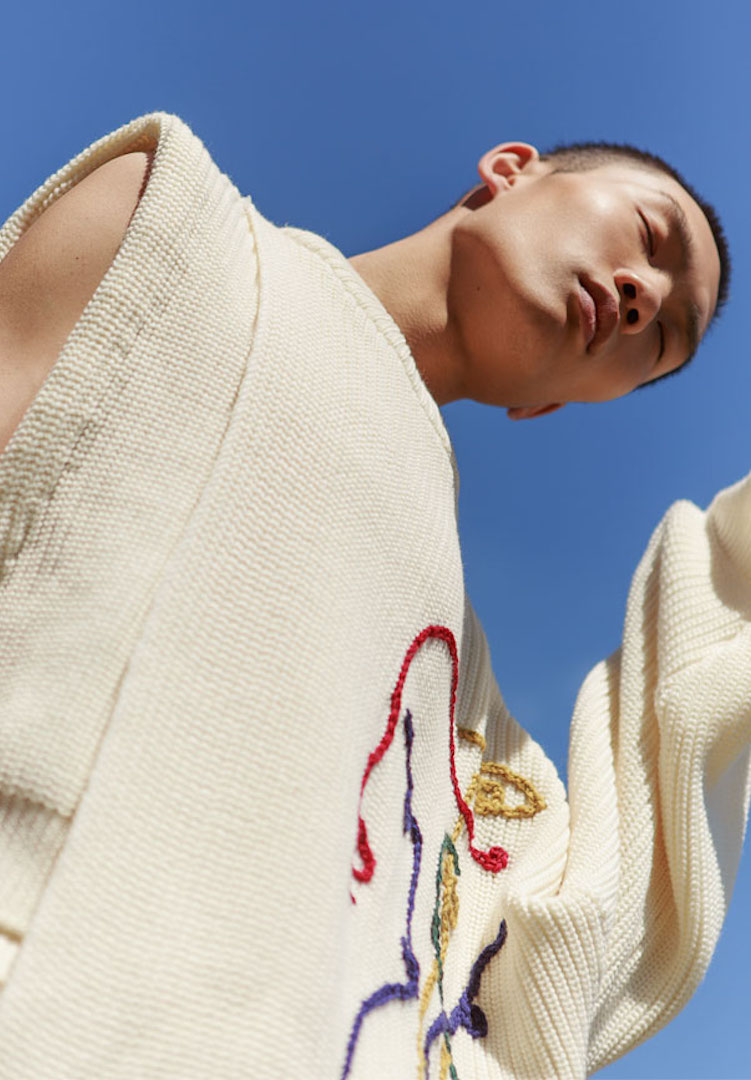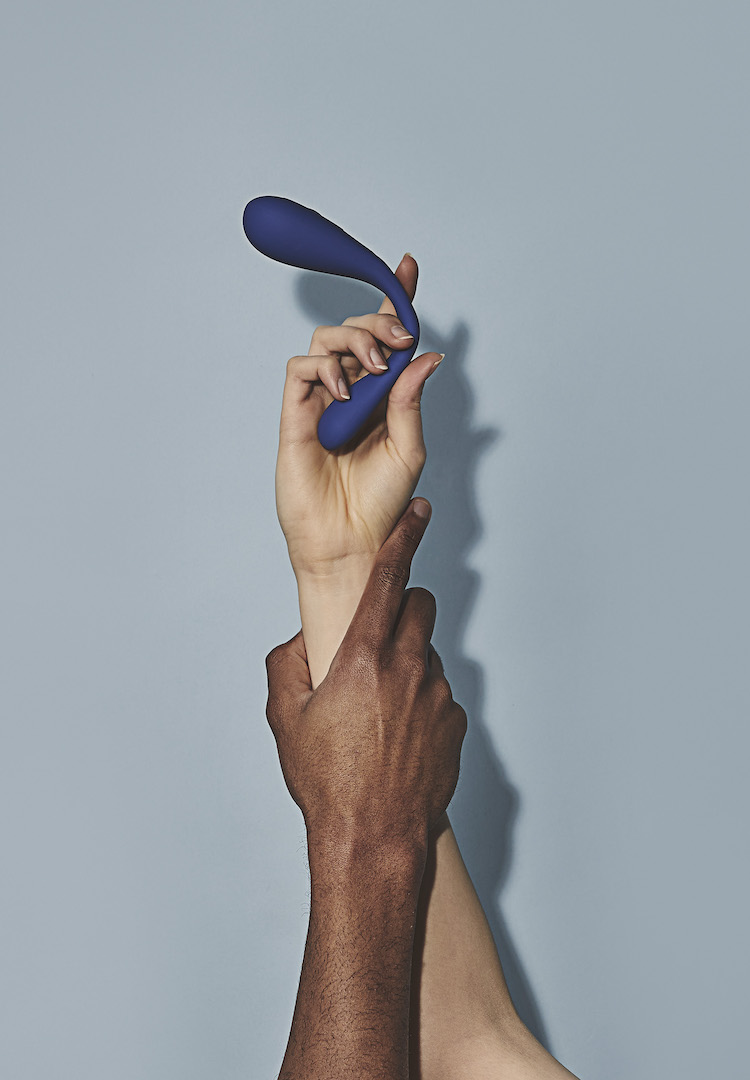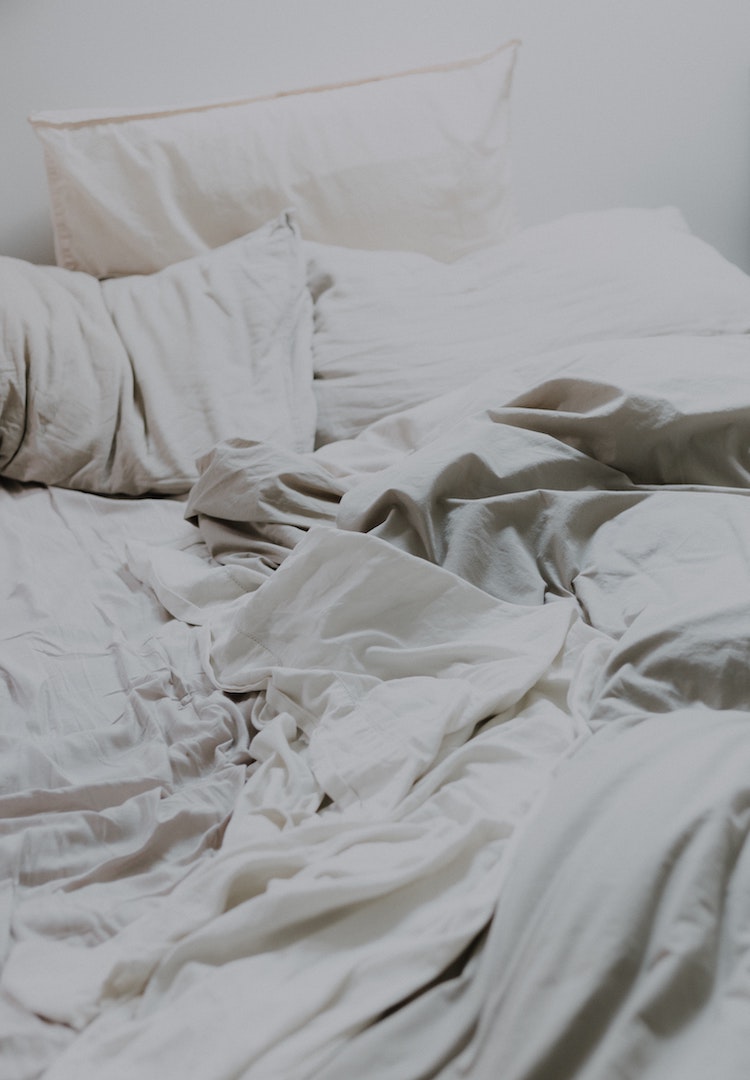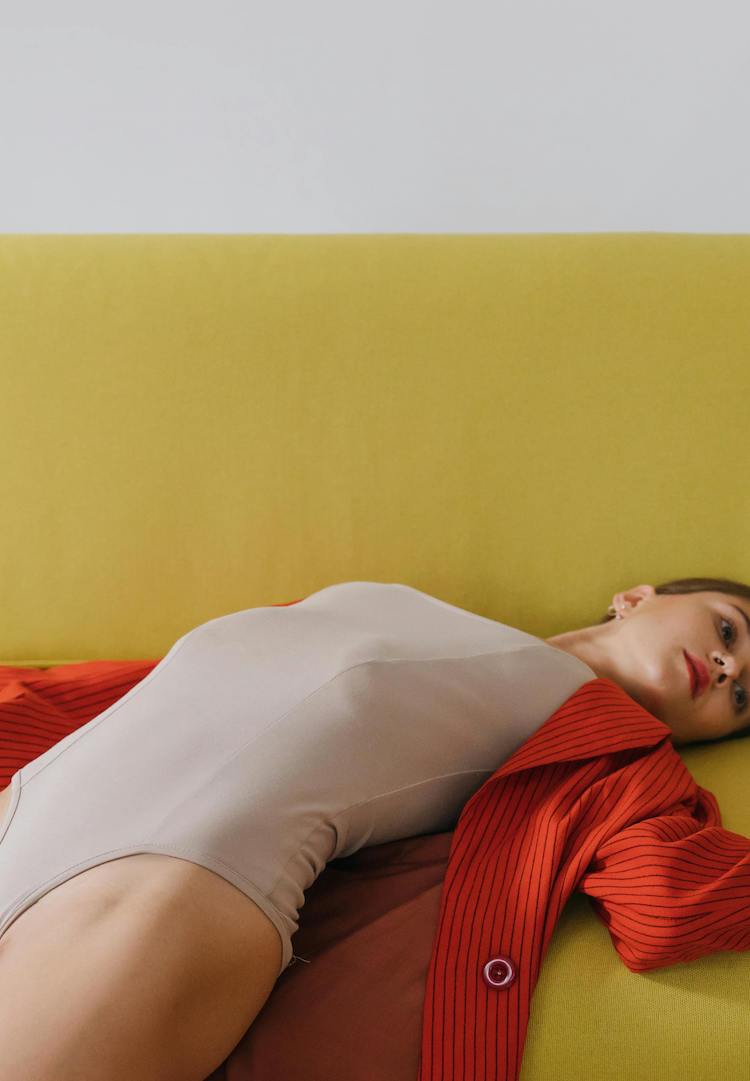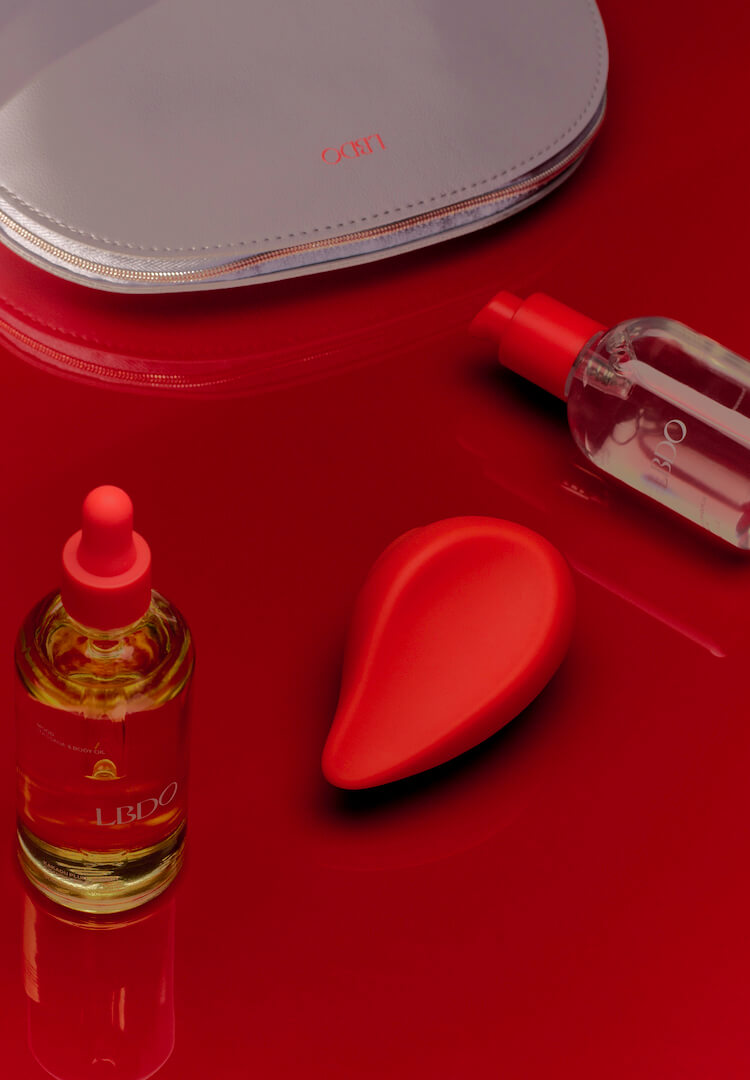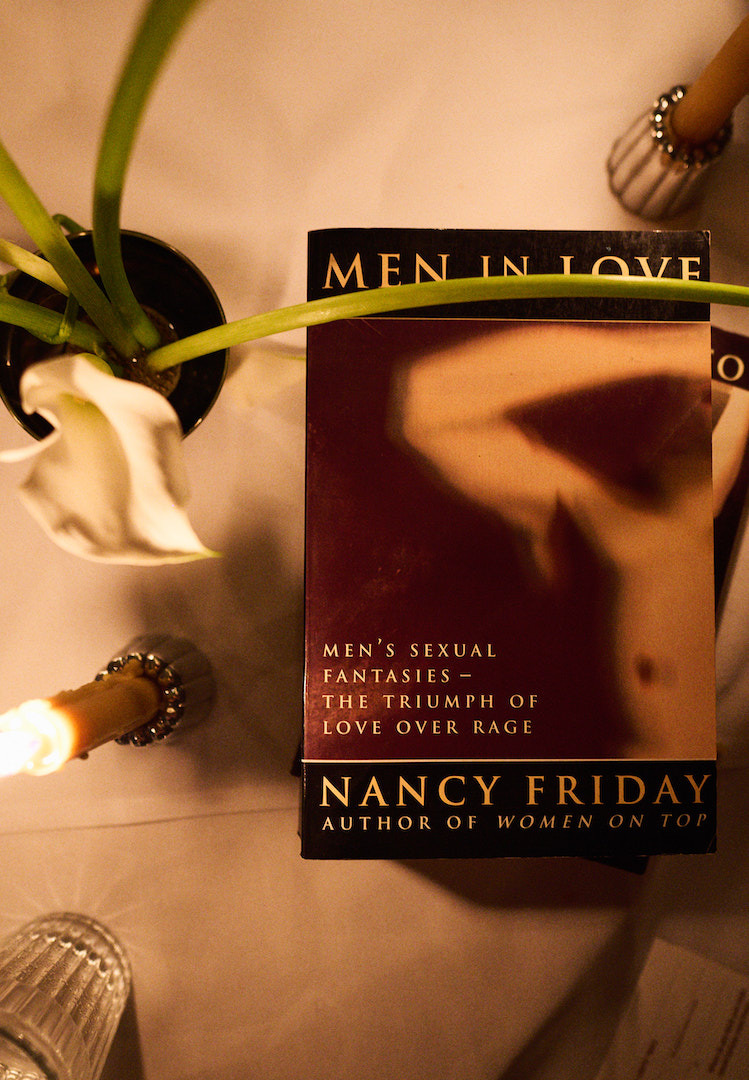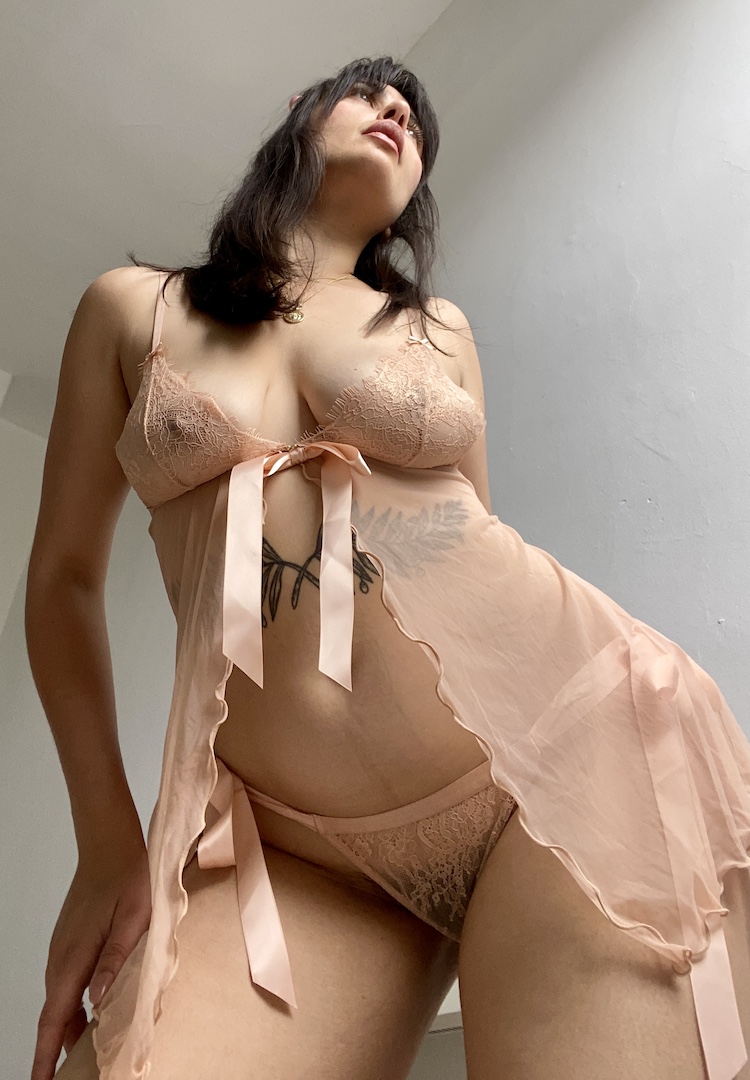What are your body’s erogenous zones, exactly?
Words by Genevieve Phelan
In partnership with Frenchie
It just so turns out that your body was designed to feel pleasure.
What is a G-spot, really? And did you know there’s an A-Spot, a P-Spot and a C-Spot, too? If any friend or sexual partner of mine could tell me what each of those areas were on the proverbial spot, I would be shocked. On the whole, our knowledge of how ‘it’ all works when it comes to self-pleasure and sex is incredibly topline.
While we’re progressing in our openness around solo and partnered pleasure, embracing local sex-positive brands like Frenchie, it’s baffling to think about how little we know in an anatomical sense when focusing on the vagina, the clitoris and the cervix.
For more sex talk, head on over to our Life section.
I think I figured out the difference between a vulva and a vagina a year or so ago, and still have to correct myself from time to time. With TV shows like Sex Education finally giving airtime and mainstream acknowledgement to sex, vulvas, masturbation, gender fluidity and all facets of pleasure, things are thankfully looking up.
We’ve had conversations here on FJ around giving and receiving oral sex, frustrations with trying to reach orgasms, intimacy tools and a lube renaissance, but the general anatomy and diversity of our erogenous zones is something I’m almost certain a lot of us (myself included) are still figuring out.
Enter Frenchie. The Australian sexual pleasure brand has just released a new toy coined ‘The Double Entendre’, after the French phrase for describing something with two interpretations; one of which being a little risqué. The whole premise of the two-sided, bendy wand is that both G-spot and clitoral stimulation can be achieved simultaneously.
The brand calls it ‘dual stimulation’, reaching both your internal and external zones at the same time. Its flexibility means its smaller head can also be used to reach your A-Spot, P-Spot and C-Spot (which we’ll get to later), and two motors allow The Double Entendre to reach four and six speeds per head.
It sounds enticing (and I can promise you, it is). But in an era where new sex toys are practically falling from the sky, and in a virtual marketplace overwhelming us with choice, what should we really be considering when trying to achieve pleasure? How exactly do people with vulvas discover new modes or motors for pleasure, when no two bodies are the same?
Refusing to end up in a confusing Google vortex and only further muddying my understanding of pleasure and the parts of the body that make us feel good, I had a chat with pleasure coach Eleanor Hadley, an oracle on all things intimacy and unlocking ‘transcendental’ pleasure.
I don’t think I’ve ever transcended anything with another human involved, let alone achieved orgasm (more on that here). But it seems I am currently entering a deep and meaningful relationship with someone I actually like and am attracted to, and Eleanor’s well-studied yet refreshing (and actually graspable) knowledge couldn’t come at a better time.
“An erogenous zone is any area of the body that you can feel extreme pleasure from,” she tells me as I dorkily ask where deep stimulation and good feels actually come from. Turns out, this can be a hand-hold or an elbow graze or an ear kiss, too. If you’re in the moment and things are steaming up (especially in relation to partnered pleasure), Eleanor notes the smallest of strokes and nuanced movements can allow for cascades of arousal – a fact confirmed after finding this entry on Frenchie’s Le Journal.
There are, of course, some huge misconceptions hanging around erogenous zones still. “A classic example is with the G-spot. People assume it’s only about touching it, like a magic button resulting in an orgasm. But it’s much more nuanced than that.”
Speaking to Eleanor, it dawns on me that I am a 23-year-old woman who is sexually active but has no idea how to communicate with a partner about what they like or what feels enjoyable. Eleanor explains to me that in her line of work, she encounters a lot of people who feel almost “broken” when they can’t unlock deep pleasure.
“Your body is capable of being highly orgasmic, and is actually built for this. Nothing is broken, but so many vulva-owners feel like there is something wrong with them. We don’t need to necessarily think of these pleasure zones as ‘spots’ and overthink it to try and stimulate them. It’s important not to typify them as buttons to press.”
Eleanor kindly ran me through each of the identified pleasure locks. And after spending a little time with The Double Entendre myself, I happily discovered this is a brilliant way to think of them – as areas to unlock or explore over time. They’re not mythical or faulty, it’s just that they come in different sizes (like clitoral tissue) or slants (like where your cervix is located), and that takes time and practice to truly get acquainted with.
The Double Entendre is a great way to practice better understanding your erogenous zones, and Frenchie has even compiled a user guide to help you discover unlock these areas further. But let’s take a step back. Here are some jargon-free definitions of each erogenous region (for people with vulvas).
G-spot?
- The spongy tissue area of the vulva: the clitoris, aka the pleasure centre
- Actually, it’s this whole network that comprises the clitoris. That’s called your clitoral and urethral network
- Essentially, when you’re stimulating your G-spot, it’s the “behind-the-scenes” of the clitoris, which is why it feels so amazing
- Ensure you’re really feeling it/are aroused before trying to stimulate this area (or letting someone else try to), as it it can feel painful or uncomfortable if you just rush in
- Allow blood flow and time before trying to work the G-spot
A-spot?
- This is called the anterior fornix erogenous zone (bear with me)
- It’s a super-sensitive tissue area located at the very back or innermost part of the vagina, towards the cervix and forward
- Much deeper than your G-spot
- Front wall where the cervix and the vaginal wall meet
P-spot?
- The A-spot and P-spot are opposites to each other
- The P-spot is also within the vagina, towards the back wall of the cervix
- It’s therefore called the posterior fornix erogenous zone
C-spot?
- The cervix can be called the C-spot
- It’s at the very end of the vaginal canal, where the bottom of the uterus is
- Eleanor mentions that this zone is “one of the most powerful for really transcendental orgasms and implosive orgasms”, which sounds like fun
- It can be uncomfortable and painful if not stimulated before, so something like the Double Entendre can massage the area and help you get a little more familiar with it, or “de-armour” it as Eleanor explains
- Those “transcendental orgasms” can come because the cervix connects to something called the ‘vagus nerve’ (I had no idea and jotted down Vegas when I first heard of this) in the brain
So then, how can different sex toys and pleasure tools (or in this case, one) work to stimulate different zones? Eleanor says anything that has that hook or curved ‘c’ shape, like The Double Entendre, allows you to get BTS of the G-zone and can give what’s called a “blended orgasm”. She also reminds me the majority of vulva owners require clitoral stimulation to achieve an orgasm.
But in terms of exploring a deeper vaginal canal, everyone should seek to explore their own body as a totally unique vessel for pleasure. “Just as the shapes of noses and the space between our eyes vary, everything is configured slightly differently. The uterus is a floating organ, so the cervix isn’t always straight up. It can be slightly positioned to the left or the right. This is why self-pleasure is so important and expansive.”
There is still such a huge gap between vulvas and our knowledge of everything they’re capable of, according to Eleanor. “Women’s pleasure has not been prioritised for such a long time, so we’re changing people’s lives through having these kinds of conversations.
“I’ve spoken with people who have said they feel numb from the neck down. To go and explore your internal world can feel really scary (and some people with vulvas have never put a finger inside them), but the more we can speak about how amazing our bodies are, and how they’re designed to experience deep pleasure, the better.”
Get better acquainted with your erogenous zones with The Double Entendre by Frenchie here.

